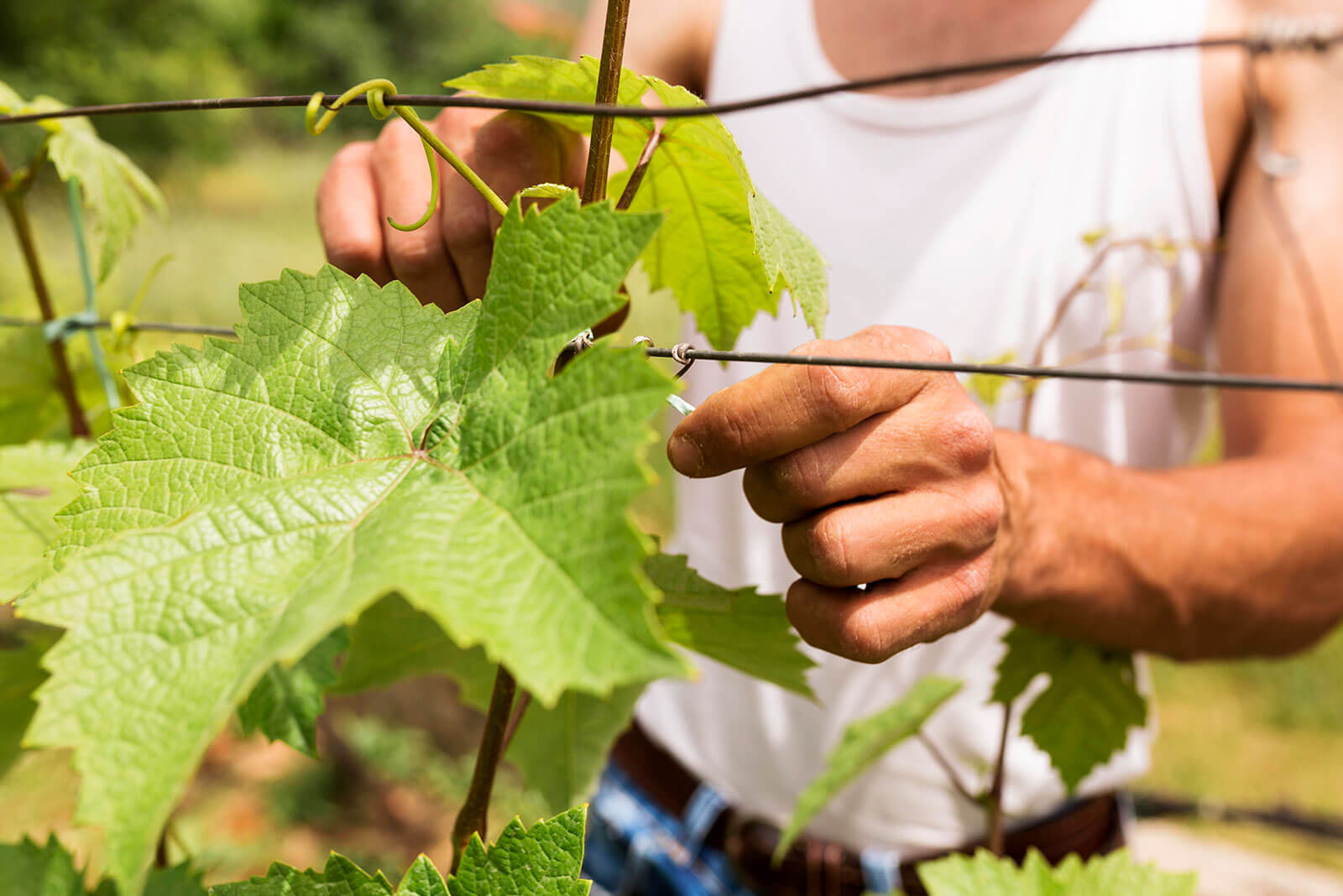Trumpet vines, also known as trumpet creepers, are stunning trumpet-shaped flowers. Planting trumpet vines is a great way to add vibrant color to your garden or landscape. These vigorous climbers can quickly cover trellises, arbors, fences, and walls. In this guide, we will give you the factors to consider before planting trumpet vines and provide essential tips to grow them successfully.
Considerations for Planting Trumpet Vine
Sunlight Requirements
Trumpet vines thrive in full sun, receiving at least six hours of direct sunlight each day. While partial shade is tolerated, it may result in reduced flowering. Choose a location with plenty of sunlight to ensure the best growth and vibrant blooms.
Climate Suitability
Native to the southern and southeastern United States, trumpet vines thrive in the United States Department of Agriculture (USDA) hardiness zones 4-9. Before planting, check your zone's suitability. While they tolerate some cold, warmer climates are ideal for optimal growth.
Soil Requirements
Well-drained soil with a pH between 6.0 and 8.0 is ideal for trumpet vines. These adaptable plants can handle various soil types, but they flourish in fertile, loamy soil. If your garden has heavy clay soil, amend it with compost or aged manure to improve drainage and prevent root rot. Periwinkle - Vinca minor Goes really well with this vine too.
Space and Support
Trumpet vines are vigorous climbers, reaching over 30 feet in length. To avoid overcrowding other plants or structures, provide ample space for them to spread. Additionally, a sturdy support structure like a trellis, fence, or arbor can also support the trumpet vines' growth. As the vines grow and gain weight, they need regular maintenance to prevent damage.
Step-by-Step Guide To Planting Trumpet Vine
Select the Planting Site
Choose a sunny location that receives at least six hours of direct sunlight per day. Ensure the soil is well-drained and fertile, with a pH range of 6.0 to 8.0. Clear weeds and debris, and improve the soil as needed, to prepare the planting site.
Periwinkle PlantDig the Planting Hole
Dig a hole twice as wide and deep as the root ball to give the roots room to spread. Loosen the roots gently to encourage outward growth. Place the plant at the same level as in the container and backfill the hole with soil, removing air pockets.
Water and Mulch
After planting, water the trumpet vine properly to develop its root system. Maintain consistent moisture, but avoid waterlogging. Apply an organic mulch layer around the base of the plant to retain moisture, suppress weeds, and regulate soil temperature.
Provide Support and Training
Install a sturdy support structure, such as a trellis, fence, or arbor, near the plant. Guide and train the vine's stems to climb the support structure as it grows. Regularly check the support to accommodate the vine's vigorous growth.
Maintenance Tips When Planting Trumpet Vine
Prune Dead Leaves
In late winter or early spring, remove any dead or damaged growth and shape the plant. Trim excess growth to manage size and promote flowering. Avoid heavy pruning during the growing season to avoid reducing blooming.
Fertilize The Soil
Apply a balanced fertilizer, such as a 10-10-10 or 20-20-20 formula, in early spring before new growth begins. Follow recommended application rates and methods. Be cautious not to over-fertilize, as it can lead to lush foliage but reduced flowering. Ajuga Reptans goes well with trumpet vine.
Water Your Trumpet Vine
Regularly water the trumpet vine, especially during dry periods, to maintain consistent moisture in the soil. Avoid overwatering to prevent root rot. Water at the base of the plant to avoid excess moisture on the foliage, which can promote disease.
Ajuga ReptansManage Pests and Diseases
Monitor for pests like aphids, spider mites, and caterpillars. Treat infestations promptly with insecticidal soap or horticultural oil. Watch for diseases such as powdery mildew or leaf spot and take appropriate action to prevent or treat them.
Ultimately, with proper planting, care, and attention to detail, you can enjoy the benefits of trumpet vines in your home or public garden. By following the guidelines on planting trumpet vines, you can create an inviting space that enhances the ambiance of your outdoor space.




